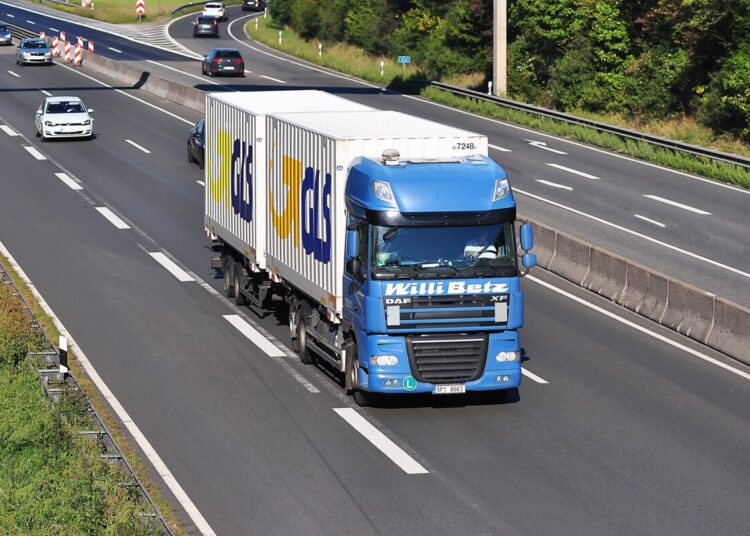Western regional parcel carrier GLS hopes that it can save its shippers significant money by being very specific about how it costs out its services.
The Dutch carrier, with U.S. headquarters in Santa Fe Springs, California, recently announced the launch of its Zone 0 — defined by GLS as super short-haul, super-dense urban areas — and Zone 1 pricing tiers, in what it called a more targeted approach to parcel pricing than what it is offered by the large carriers.
According to GLS, its strategy allows businesses to only pay for what they need. By factoring in the distance a package travels, the density of the destination and the specific handling requirements, GLS can offer businesses cost-effective tailored rate services.
Parcel pricing is typically divided into eight geographic zones. Carriers use shipping zones to measure the distance a package travels — not in miles but rather groupings of ZIP codes — from the point of origin to the destination. Zone 1 is the shortest zone on the matrix.
“The big parcel duopoly (FedEx Corp. (NYSE: FDX) and UPS Inc. (NYSE: UPS) uses a blunt instrument to pricing with a one-size-fits-all structure,” said Steven Bergan, president of GLS’ U.S. business. “At GLS, we are using technology and analytics to drive pricing that aligns directly with the needs of the customer. By doing this, a shipper pays only for the true resources they need instead of subsidizing a giant network of other customers’ parcels.”
GLS uses ZIP code-level density data and ZIP-to-ZIP distancing to develop both costing and pricing at a granular ZIP code level, Bergan explained in an email. “By doing this we can now assign cost, and price appropriately, to the exact number of services a customer uses. For example if a customer is injecting volume into Los Angeles, we can price the urban/suburban ZIP codes with density much more aggressively” than a longer distanced operation that might be going to Lancaster or Palmdale, California.
As Bergan puts it, why should a Los Angeles shipper delivering most of its packages 10 to 15 miles away be charged the same rate as parcels being hauled 100 to 125 miles? “With our service, shippers now get the benefit of granular pricing for very short hauls,” he said.
“If you are shipping in Los Angeles, you are paying the same to go 10 miles as to go 125. If 75% of your volumes are going to go 10 miles, why should your packages be priced with volumes traveling longer distances,” he said.
Bergan cited another example of a customer in Reno, Nevada, with strong volumes in the San Francisco Bay Area. If GLS can disaggregate linehaul costs from the pickup and delivery costs, it can aggressively price more volumes moving within the dense delivery areas than in the rural areas., he said.
“For most regular shippers, both small and large, this brings a major net pricing benefit that the big guys can’t match,” Bergan said.
GLS serves every address in five western states including California. It also serves metro areas in Nevada, Arizona, Utah and New Mexico.
The post GLS aims to save parcel shippers big with small-haul pricing appeared first on FreightWaves.














